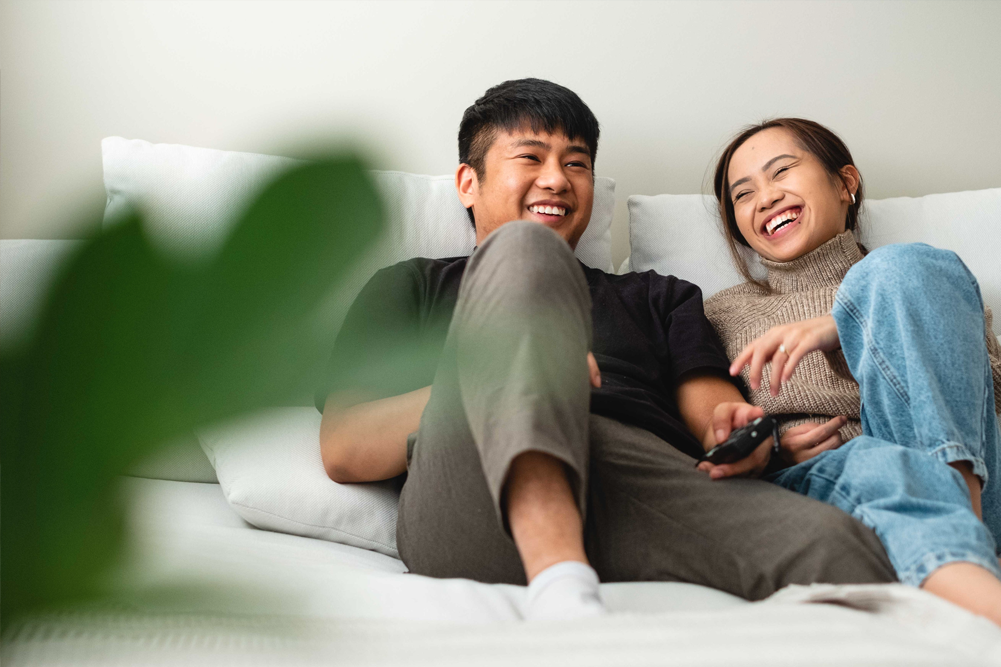Pain and desire
The 1950s were an amazing decade in many ways. It was in the ‘50s that DNA was discovered, Roger Bannister broke the four minute mile, the television remote control was invented, Disneyland opened, credit cards were introduced, and velcro was invented. Unfortunately, amid all of this progress, there were also some pretty regressive attitudes present. This was a time when equality between races and the sexes was just beginning to blossom into popular thought. In the ‘50s though notions of women as the quiet homekeeper who supported their men permeated society and popular culture. These attitudes gave rise to “jokes†about women refusing their men sex because they “had a headacheâ€. While the patriarchal chauvinism of the 1950s is well left behind, new research is showing however that there may be a grain of truth in the idea that a headache could be a passion killer.
In a new study researchers kept female mice and male mice in a mating chamber separated by a barrier which had small openings. The openings were small enough that the females could pass through but the males could not. This meant the females could choose how much time they spent with the males. It emerged that females experiencing inflammation and pain spent less time in the company of males and engaged in less mating behaviour.
In a further study, the researchers placed the mice in a mating chamber where male mice had free access to female mice that were in heat. The male mice who experienced the same inflammatory pain as the earlier females did not show any reduction in mating behaviour.
Going one step further the researchers found that giving anti-inflammatory medication to female mice with pain returned their mating behaviour to normal.
So it seems the old stereotype has a grain of truth in that pain, such as you would experience from a headache, can reduce sexual desire in females but not in males. Exactly why this might be so is not clear, the answer is dancing in the mists of our evolutionary past, but it does point to the clear truth that there can be no one-size-fits-all approach to medicine. Pain has different effects on women and men and so pain relief will have different outcomes. It’s not so easy to sell individualised medicine but it will be more effective.







